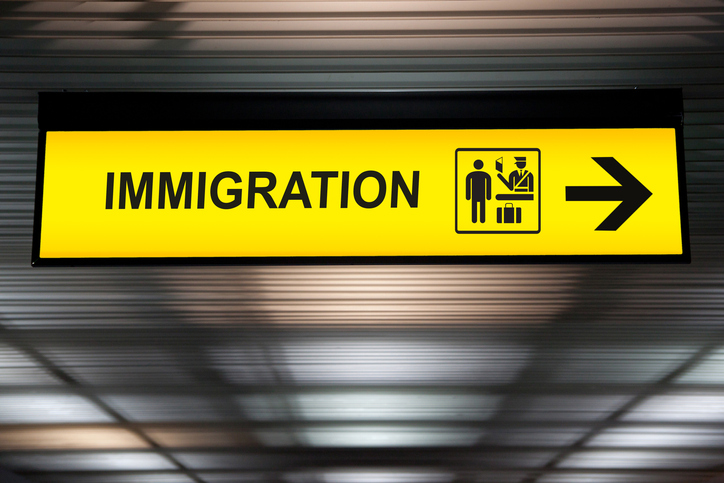In a world characterized by globalization and rapid information exchange, language serves as a bridge that connects diverse cultures and enables communication on a global scale. Among the myriad of languages that facilitate this communication, Portuguese and English stand out as two of the most widely spoken languages in the world. The translation between these two languages is an art that goes far beyond linguistic conversion; it’s a gateway to understanding, connecting, and exploring the rich cultures and histories of both the Portuguese and English-speaking worlds.
Portuguese, with its romantic and melodic cadence, is not only the official language of Portugal but also holds the distinction of being the primary language spoken in Brazil, Mozambique, Angola, Guinea-Bissau, East Timor, and several other countries. With approximately 260 million native speakers, Portuguese is the fifth most spoken language globally. On the other hand, English, with its global reach, has over 375 million native speakers, with countless more using it as a second language. The power of English as a global lingua franca cannot be overstated.
The role of a Portuguese to English translator is a profound one, as it involves facilitating communication and understanding between two culturally diverse worlds. In this blog, we will explore the intricacies and importance of Portuguese to English translation, shedding light on the factors that make it a vital component of our globalized society.
The Art of Translation
Translation is far more than merely replacing words in one language with their equivalents in another. It is a complex art that demands an in-depth understanding of both the source and target languages, as well as cultural nuances, idiomatic expressions, and specialized terminology. Portuguese to English translation requires an astute translator who can grasp the intricacies of both languages, all while preserving the original meaning, tone, and intention of the text.
Linguistic Nuances
One of the challenges of Portuguese to English translation is navigating the linguistic nuances that exist between the two languages. Portuguese, renowned for its melodious and expressive nature, often requires translators to capture its subtleties. These subtleties include distinguishing between formal and informal registers, conjugating verbs accurately, and retaining the rich cultural context embedded within the language.
For example, Portuguese frequently uses formal and informal second-person pronouns. The choice between ‘tu’ (informal) and ‘você’ (formal) affects the tone of communication. Understanding the appropriate context for each is critical to accurate translation. Moreover, Portuguese verb conjugation is notably intricate, requiring precise rendering into English to convey the correct meaning.
Idiomatic Expressions
Both Portuguese and English are rife with idiomatic expressions that can be a translation minefield. An idiomatic expression is a phrase that, when translated literally, may lose its intended meaning. For a translator, the challenge lies in finding an English equivalent or conveying the same sentiment using different words.
For example, the Portuguese expression “Pôr as mãos na massa” literally translates to “Put your hands in the dough.” However, in Portuguese, this phrase means “to get to work” or “to start working on something.” A skilled translator must not only recognize such idiomatic expressions but also understand their contextual use.
The Cultural Bridge
Languages are more than just a collection of words; they are repositories of culture, history, and identity. When a Portuguese text is translated into English, the translator becomes a bridge between these two worlds. They must ensure that the cultural context and nuances of the original text remain intact.
Literary and Artistic Translation
Portuguese literature boasts some of the world’s most celebrated authors, including José Saramago, Fernando Pessoa, and Clarice Lispector. To appreciate their works, they must be accessible to English-speaking audiences. This is where literary translation plays a pivotal role. Translators of Portuguese literature, known for their creativity and sensitivity, take on the challenging task of conveying the essence of these literary treasures into English while preserving the author’s unique style.
The renowned “magic realism” in Portuguese literature, as seen in Saramago’s “Blindness” or the captivating tales of Fernando Pessoa, requires a deep understanding of the cultural context to evoke the same emotions in English readers. It’s a delicate dance between the source text’s literary artistry and the translator’s craft.
Business and Legal Translation
In a globalized economy, business and legal documents frequently require translation. Portuguese to English translators specializing in these fields play a pivotal role in facilitating international trade, legal agreements, and diplomatic relations. Their translations must be not only accurate but also legally sound and culturally sensitive.
Whether it’s translating international contracts, financial reports, or business proposals, the translator must navigate the often-complex terminology of law and business. Additionally, they must be aware of the cultural subtleties that can impact negotiations and relationships.
Technology and Portuguese to English Translation
In an age dominated by technology, translation has also seen remarkable advancements. Machine translation, particularly through AI-powered tools, has become widely accessible. While these tools can be helpful for basic translations, they lack the nuanced understanding that a human translator brings to the table.
Human Touch
The value of a human translator in Portuguese to English translation is immeasurable. Human translators can navigate the subtleties and cultural context that are beyond the scope of machines. They can tailor translations to specific audiences and fields, such as medical, technical, or literary, where precision is paramount.
Additionally, human translators are attuned to the evolving nature of languages. They can adapt to contemporary idiomatic expressions and the ever-changing nuances of both Portuguese and English, ensuring that translations remain relevant and effective.
The Importance of Portuguese to English Translation
The importance of Portuguese to English translation is deeply ingrained in today’s interconnected world. Here are some of the key reasons this art form is vital:
Access to Information
English is often referred to as the “global language.” By translating Portuguese content into English, we make a wealth of information accessible to a wider audience. Whether it’s news articles, scientific research, or cultural works, translation broadens our horizons.
Global Business
Portuguese-speaking countries have a significant presence in the global economy, particularly Brazil, which boasts a burgeoning market. Portuguese to English translation facilitates international business collaborations and trade, offering opportunities for growth and expansion.
Cultural Exchange
Literature, music, art, and films from Portuguese-speaking countries enrich the global cultural landscape. Translation allows these cultural treasures to be enjoyed by English-speaking audiences, fostering cross-cultural understanding and appreciation.
Diplomacy and International Relations
In the diplomatic arena, Portuguese to English translation is a necessity. Diplomatic negotiations, treaties, and international agreements rely on accurate translation to bridge language gaps and ensure clear communication.
Conclusion
The art of Portuguese to English translation is a dynamic and indispensable facet of our interconnected world. It’s a tribute to the interplay between cultures, an exploration of the intricacies of language, and a bridge that spans oceans


